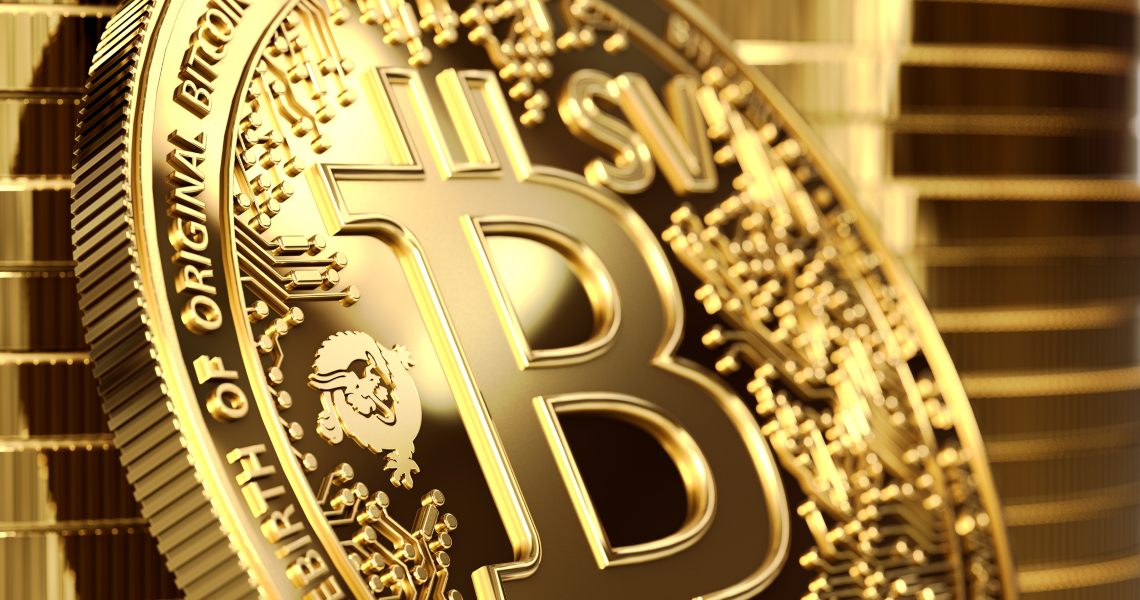The highly controversial Bitcoin Satoshi Vision (BSV) comes out of the community dynamics that see it removed from some big exchanges and attacked by a large portion of the ecosystem, in order to open up to big businesses and address that slice of the market that is interested in a large volume of transactions with very low fees thanks to Taal.
Big Blockers hungry for transactions
While some people stay away from this blockchain, regarding it as dangerous due to the dreaded centralization and the friendly nature of the regulations that BSV’s narrative is communicating to the world, others are interested in the potential of a network that removes any limit to the development possibilities of miners and focuses on the role of nodes that validate transactions, a role questioned by the policies promoted by Bitcoin (BTC) developers that instead tend to curb the transaction requirements of these particular players.
Through the SV Gigablock Testnet (SV-GBTN), the goal of its promoters is to find any bottleneck that prevents the blocks of this chain from growing indefinitely. As hoped by the supporters of this experiment, it will be the market dynamics that will make the network safe and profitable to use.
We will not focus on reflecting on how much this is in line with the thought of the now mythical figure of Satoshi Nakamoto and his whitepaper, however, it is impossible not to notice how particular are the dynamics that this “big blocks” vision is triggering.
Taal: low fees for BSV transactions
What used to be known as Squire mining Ltd, now renamed TAAL Distributed Information Technologies inc., has announced a change in its policies on the fees charged for cloud computing operations on the Bitcoin SV network.
- A reduction in costs for accepting transactions in blocks from 1 satoshi (a fraction of BSV) to 0.5 satoshi/byte;
- A reduction in costs for relay fees protecting against double-spending from 1 satoshi to 0.025 satoshi/byte.
TAAL’s Chief Mining Officer Joseph Chin explains that this will be a short-term policy to support growth and encourage the use of the chain.
Currently, network fees are a very small part of the revenue compared to the 12.5 BSV per block that is rewarded by the software to those who can propagate the discovered block. For this reason, these changes do not seem to alarm TAAL.
The fiat currency amount of a transaction fee fluctuates due to the fluctuation of the currency price market. This fluctuation has a more significant impact on applications that generate large transaction volumes on the blockchain.
This is happening now on the BSV blockchain as applications are leveraging the increased data capacity of the blockchain to generate transactions that transmit large amounts of data on the blockchain on a daily basis.
Participants in the BSV ecosystem economy have recently begun to explore alternative transaction fee models that provide greater fiat currency reliability for business applications.
Stable fees without stablecoins
The idea of the Canadian group is to constantly adjust costs in Bitcoin’s unit of measurement in order to stabilize the price in FIAT, thus favouring the companies that rely on the network.
With the beta1 of the Bitcoin SV hard fork upgrade, the default settings on transactions will be the ones that TAAL is going to promote.
In the meantime, internal agreements for those who are not afraid of double spending can only be made by those who want to take advantage of the discounts proposed by the group, this speech can not apply to trustless transactions until the next hard fork in February.



